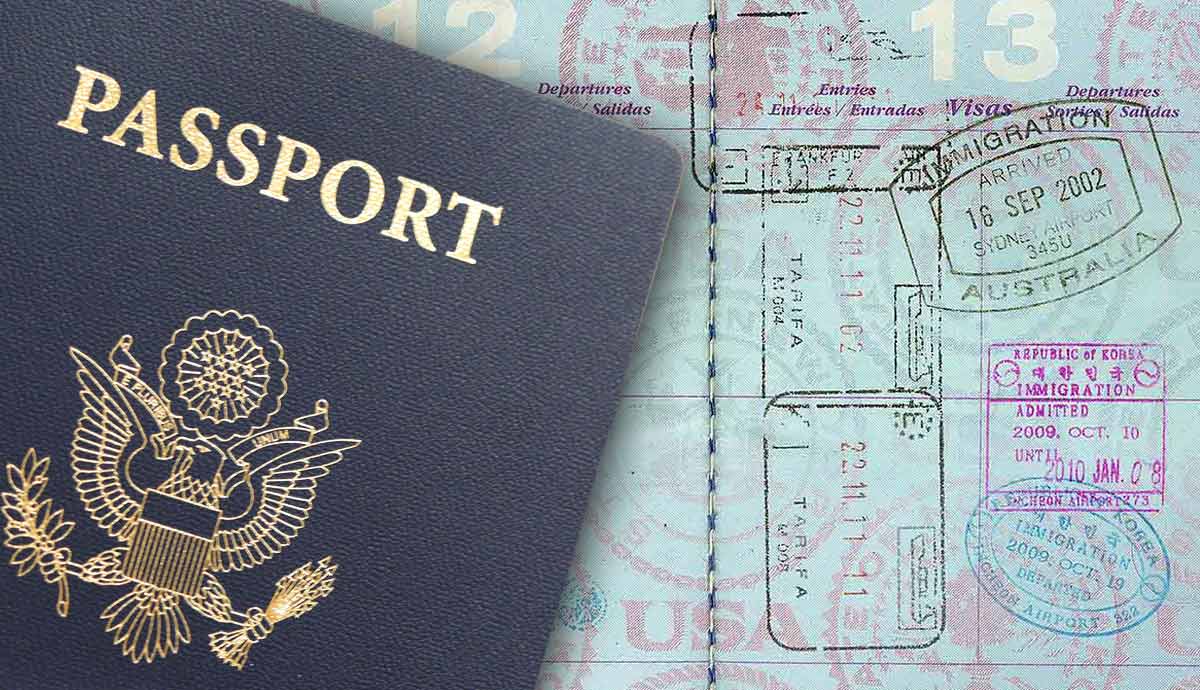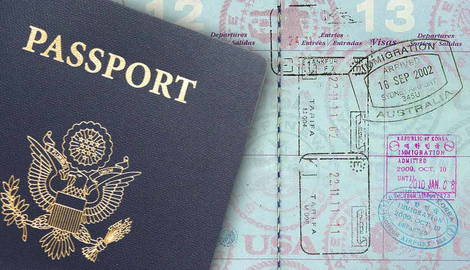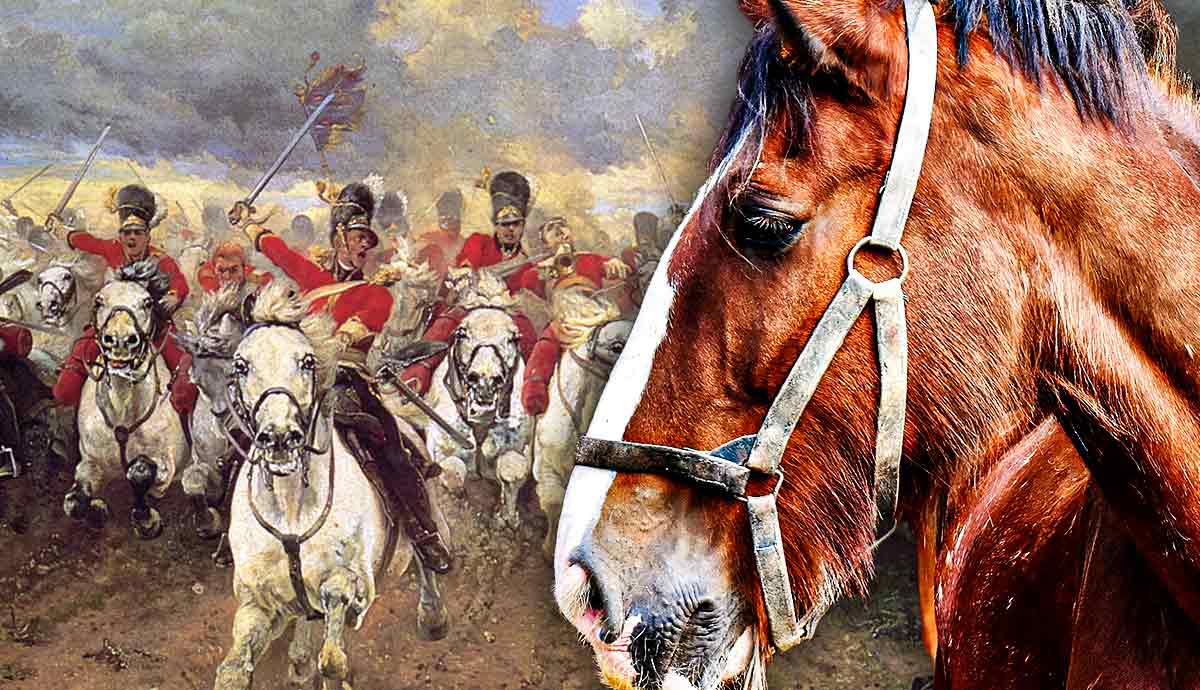
The history of the passport is complex and long. From Ancient China to classical Rome, passport-like documents have been used for millennia. Nonetheless, the precursor to the modern passport is generally credited to be the “safe conduct instrument,” a medieval document designed to help travelers and merchants prove their identity in foreign lands. The term “passport” itself originates from the Latin words, passer (to pass), and portus (harbor or gateway).
It first came into use in 1540, when the English Privy Council began to issue travel documents during the reign of Henry VIII. The modern passport, however, is a relatively recent invention. Standardized in 1920 through an agreement struck at the League of Nations, it has become an essential document for international travel and, at the same time, a powerful tool for the restriction of movement.
What Were Ancient Travel Permits?

The earliest known system regulating the movements of peoples across borders is the guosou system (meaning “lock and checkpoints”) of ancient China. Dating to the Warring States period (475-221 BCE) and later formalized during the Han Dynasty (202 BCE–220 CE), the guosou system regulated the control of the movement of people and goods throughout the empire.
Following the development of the Silk Road, the system required travelers to carry permits specifying their identity, destination, and purpose of travel to pass through various checkpoints or guan (passes, or fords). Integral to this system, was the use of documents, ‘mostly written on wood, that have been described by scholars as similar to passports or visas (zhuan).’

In the Roman Empire, official travelers were issued with a tractorium (a letter) in the name of the emperor, granting them assistance and safety on their journey (Bixby, 2003). These documents acted as proof of identity and formal endorsement that the bearer had the approval of the emperor. Citizens of Rome enjoyed freedom of movement within the empire, so didn’t need passports. However, certain members of the civitas Romana, such as enfranchised military veterans received diplomas to prove their citizenship (Dolganov, 2022).
What Was the ‘Safe Conduct’ Document?

The precursor to the modern passport is the medieval “safe conduct” document, also known as a guidaticum or sauf-conduit. These letters of patent, which included the name of the bearer and the purpose of his mission (Salter, 2003), were issued by monarchs or governing authorities to ensure the traveler’s protection.
In medieval Arago-Catalonia, guidaticum facilitated travel and trade between Christian, Jewish, and Muslim merchant communities (Burns, 1995). Similarly, sauf-conduit in medieval France were issued to diplomats, merchants, and religious pilgrims. In England, the earliest reference to safe conduct appears in a 1414 Act of Parliament during the reign of King Henry V. Taken together, these documents enabled secure diplomacy and theoretical safe travel under the issuing monarch’s authority.

By 1540, the English Privy Council of King Henry VIII began officially issuing “passports.” The oldest surviving example, signed by King Charles I, is dated 18th June 1641. By 1794, the authority to grant passports in Britain was transferred to the Secretary of State, marking a significant step towards the development of the modern passport system.
How Old Is the Modern Passport System?

The concept of a standardized worldwide passport is in fact relatively new. While historical safe conduct documents were designed to allow travelers and merchants, including potential adversaries, to pass safely through foreign territories, the rise of the modern passport emerged in the aftermath of the First World War. An agreement struck among the League of Nations in 1920 to standardize passports, was geared to deal with the widespread movement of people in the post-war world. The aim was less about creating a system for world travelers, and more about the production of an identity document to facilitate the restriction of travel and control immigration (Pines, 2017).

By 1963, the reality that a citizen’s freedom of movement was tied to the power of the state that issues their passport came to a head at the United Nations. The first international conference on passports discussed the abolition of passports on a worldwide basis. Despite majority agreement with the position, the United States and its allies rejected the motion on grounds of “national interest and security.”
Today, while passports remain the essential document of international travel they also represent the expropriation by the nation-state of individual rights to move freely across international borders without the authorization to do so (Torpey, 2000). The paradox of the modern passport regime is the promise of mobility against a backdrop of surveillance and restriction.










